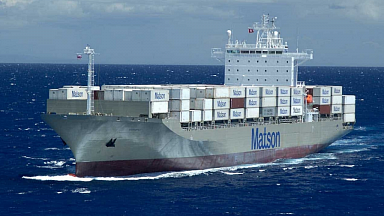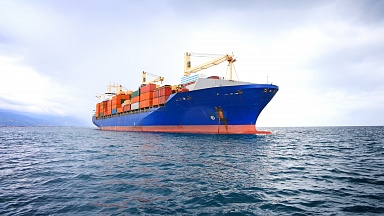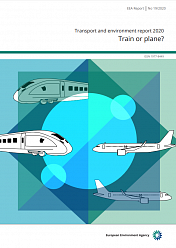Russia’s strategic priorities and objectives
According to TeDo data, strategic initiatives are underway to restructure Russia’s transport framework by 2036. Key priorities include alleviating bottlenecks, digitalising processes, and facilitating the industry’s ecological transformation. By 2030, modernisation of 27 border crossing points and construction of four additional facilities are projected to reduce truck inspection times to 10 minutes, while the Eastern Operating Domain’s throughput capacity is expected to reach 210 million tonnes per year. Further objectives include increasing the share of river freight from 1 to 3 percent by 2035 and expanding seaport throughput capacity by 225 million tonnes.
International transport corridors: North-South and NSR
The report from TeDo highlights the development of alternative international transport corridors as a crucial element of transport independence. Forecasts suggest that freight volumes along these corridors should increase by 50 percent by 2030.
The North-South Corridor has demonstrated significant progress, with cargo flow reaching 26.9 million tonnes in 2024. TeDo notes construction has commenced on the Rasht-Astara railway section (162 km), which will establish a continuous route from Ust-Luga to Bandar Abbas with a capacity of approximately 15 million tonnes per year. When operating at full capacity, the corridor is expected to reduce transit time to 15 days.
For the Trans-Arctic Transport Corridor, associated with the NSR development, TeDo anticipates a threefold increase in cargo flow by 2030, reaching 109 million tonnes. The Northern Sea Route itself is regarded as the shortest link between West and East, offering a reduction of approximately 20 days compared to the Suez Canal.
Container transportation in Russia
The deceleration of the Russian economy has reduced freight volumes across nearly all transport modes, with road haulage being the sole exception — recording modest growth in 2025.
Following a downturn in 2022, the container market rebounded to surpass pre-crisis levels, reaching 7.2 million TEU in 2024. However, TeDo reports a significant decline in the first half of 2025: loaded container transport volumes fell by 5.3 percent year-on-year during the first seven months. This contraction is attributed to warehouse inventory overhangs and weakened domestic demand, driven by elevated key rates and constrained credit availability.
Container shipping rates are declining across all transport modes, reverting to historical levels. The cost for through service from Shanghai to Moscow via the port of St Petersburg decreased from $8,819 per TEU (COC) in January 2025, to 5,740 per TEU (COC) in June, before rising to $6,485 per TEU (COC) in August.
Under current conditions, the further development of the container market remains uncertain; however, there are conditions conducive to growth driven by increased production and an improving macroeconomic environment.
TeDo identifies petrochemicals as the primary export driver of the container market. Import volumes, meanwhile, will be predominantly shaped by macroeconomic indicators: sustained import recovery hinges on key rate reductions and GDP growth, forecast at 1.5-2.5 percent annually.
Concurrently, growth drivers endure. In e-commerce, leading Russian online retailers have expanded warehousing capacity by 560 percent over five years, fuelling consistent demand for containerised delivery. In the automotive sector, imports are projected to decline by 30−50 percent due to increased recycling fees, triggering price rises and a restructuring of component logistics.



